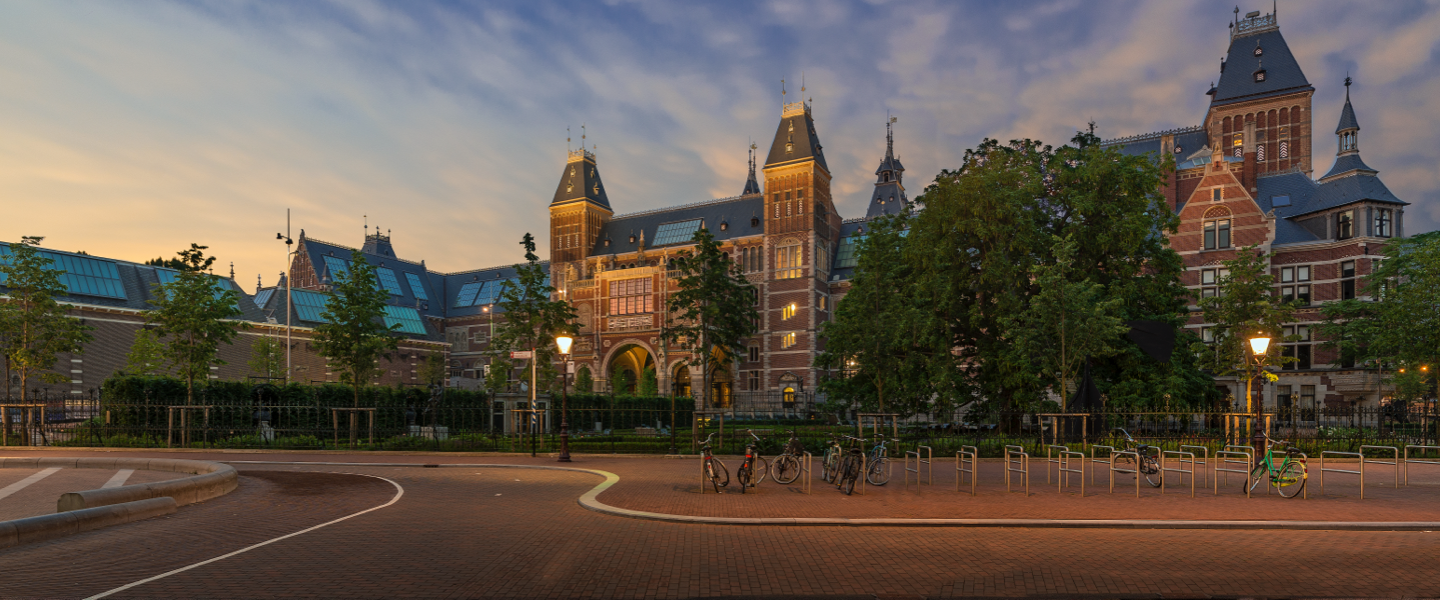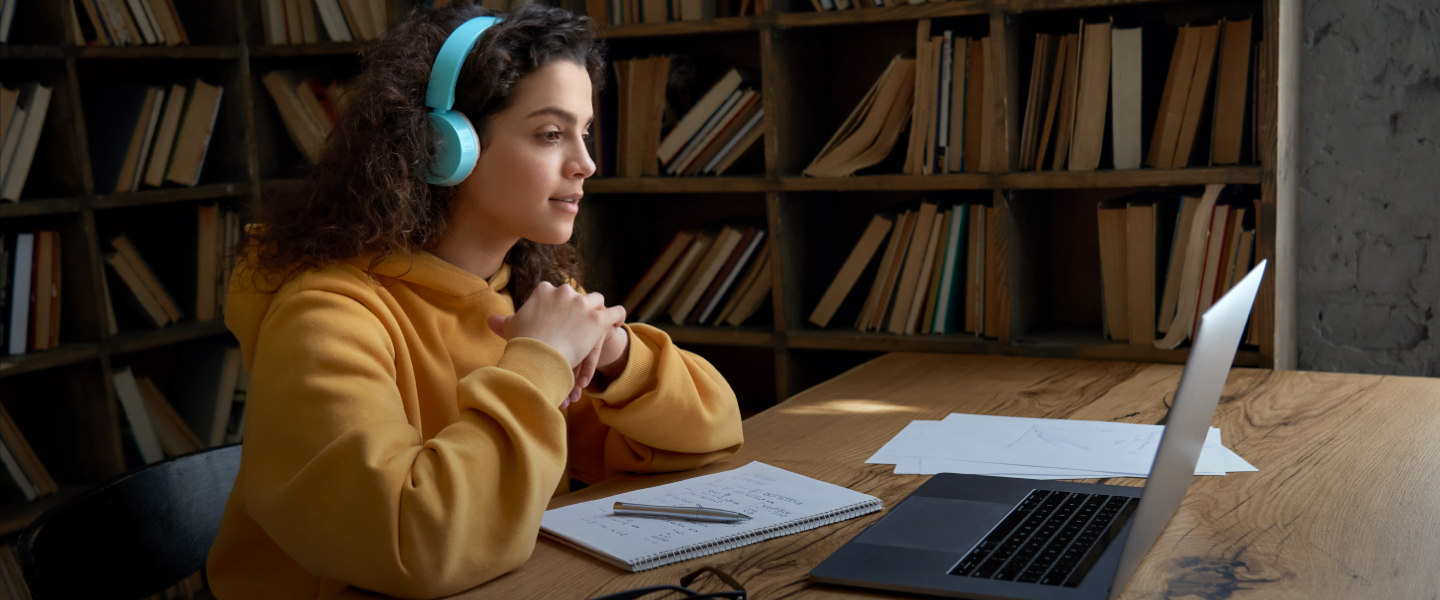




“By the second week of school closures, we had already set up a new schedule: half-hour online classes until noon. Students could spend the afternoon doing their homework or group assignments.
All our students had laptops even before the COVID-19 pandemic. Both teachers and students knew there were digital tools out there, but unfortunately, we did almost nothing with them. About 80% of employees knew about the tools, but had no practical experience of using them. Because of COVID-19, we've made huge advances in distance learning in particular - students no longer need to be physically present at school to participate in class.
Teachers have found creative solutions for group classes, for example by using interactive PowerPoint presentations. Students have been listening in from home and can participating in quizzes or joining a group virtually for a shared assignment.
We've found that some teachers are struggling to master digital tools. Tools that were always there in the background are now mandatory. Students, on the other hand, have mastered the digital environment very quickly. However, they have found it more difficult to work independently, take initiative and plan, all of which are typical of distance learning.
“If it weren't for COVID-19 we wouldn't have gotten this far so quickly“
It has become more important for every student to have a good broadband connection. The lack of this, or of good hardware at home, unfortunately means fewer opportunities to stay involved and keep up. If the facilities for taking those lessons are insufficient, then there is a good chance that pupils will now fall behind in their education more than before.
The pandemic has certainly had one benefit: both students and teachers have rapidly become more familiar with the digital world of tomorrow, as well as the 21st-century skills that that world demands. If it weren't for COVID-19, we wouldn't have gotten this far so quickly.“
Nop Velthuizen - Physics teacher Gymnasium Novum, Voorburg
”During the pandemic I started making video lessons that I post on YouTube. This works so well that I'm going to continue doing it when the pandemic is over. Students will then always have something to fall back on.“

“COVID-19 and the crisis it caused had major impact on everyone, and KPN was no exception. We felt its effects as an organization and as people. When the first signs came from Italy in February 2020, we immediately set up a crisis team with a specific taskforce focusing on people and health. The impact of the crisis was large: we took a fairly quick decision to allow 8,000 employees, normally working from different offices, to work exclusively from home overnight.
“Moving towards a more hybrid working model”
COVID-19 and the crisis it caused had major impact on everyone, and KPN was no exception. We felt its effects as an organization and as people. When the first signs came from Italy in February 2020, we immediately set up a crisis team with a specific taskforce focusing on people and health. The impact of the crisis was large: we took a fairly quick decision to allow 8,000 employees, normally working from different offices, to work exclusively from home overnight.
That transition went quite smoothly because we’ve been applying the New World of Work since 2008 and around 20-30% of the employees were already working from home regularly. However, when the schools closed, it became a lot harder for many employees. We responded to this by making it possible for people to take additional leave, so they had more room to organize their family lives. We agreed that every time the schools closed, we would offer this possibility again. We also immediately turned a lot of our attention to activities for staying connected with one another, and especially for staying fit and energetic: from online pub quizzes and cooking workshops to actions like Mindboost or Steptember, where we all pulled together for charitable causes.
The second lockdown was tough for many people again, but we were happy to see that the schools had learned a lot from the past year. Online lessons are better prepared and parents are better able to handle homeschooling. Again, we are offering people the room to organize their home lives with our favorable leave arrangements. Among our employees, we’ve seen a great example of a parent making smart use of our leave arrangements. He now makes time to teach several children from his own children’s class.
During the summer, we investigated and discussed how we want to work when the crisis is over. Research showed that more than 70% of employees would ideally prefer to work from home three days a week and in the office two days. We are looking at which steps we can take when, moving step by step towards the future. At the same time, we are constantly researching what works best, taking a learning approach, including together with other companies through the Anders Werken, Anders Reizen coalition. What is certain is that we are moving towards a more hybrid working model; the function of offices will change, we will work more from home, and sustainable travel will become the norm.
We have created roadmaps for employees to return partially to the office in phases when the moment comes. So they can meet up, brainstorm and engage in teambuilding. Almost nobody wants to work exclusively at home. Humans weren’t made for that. I certainly wasn’t: I’m looking forward to a good balance in the future, a win-win. Working at home some days for the things that can be done from home, but also definitely meeting again face-to-face ‘in real life’. Catching up over a cup of coffee in the office, but no longer sitting in traffic jams every day staring at red brake lights.“

